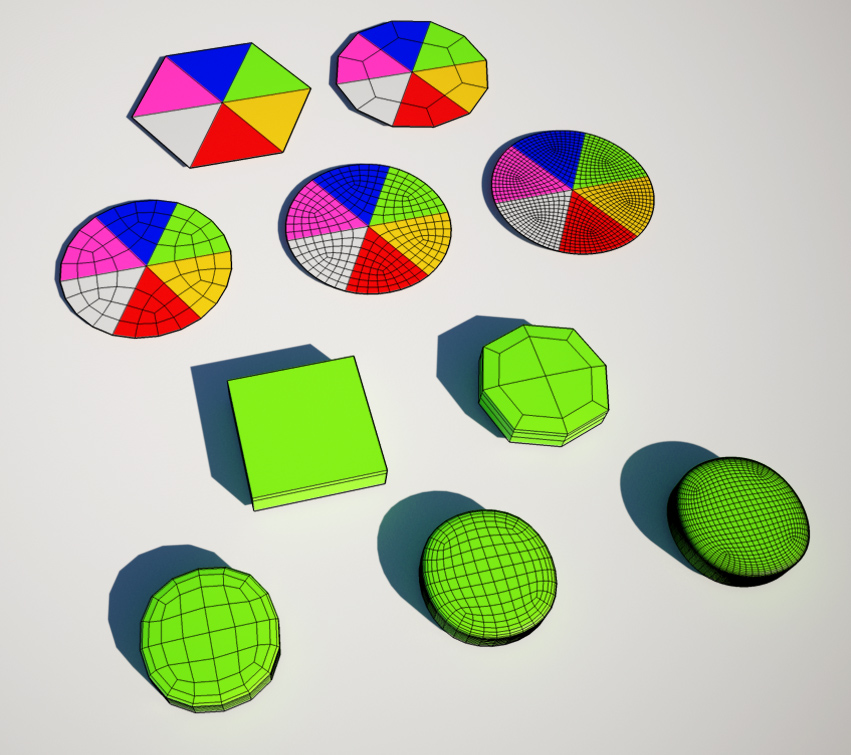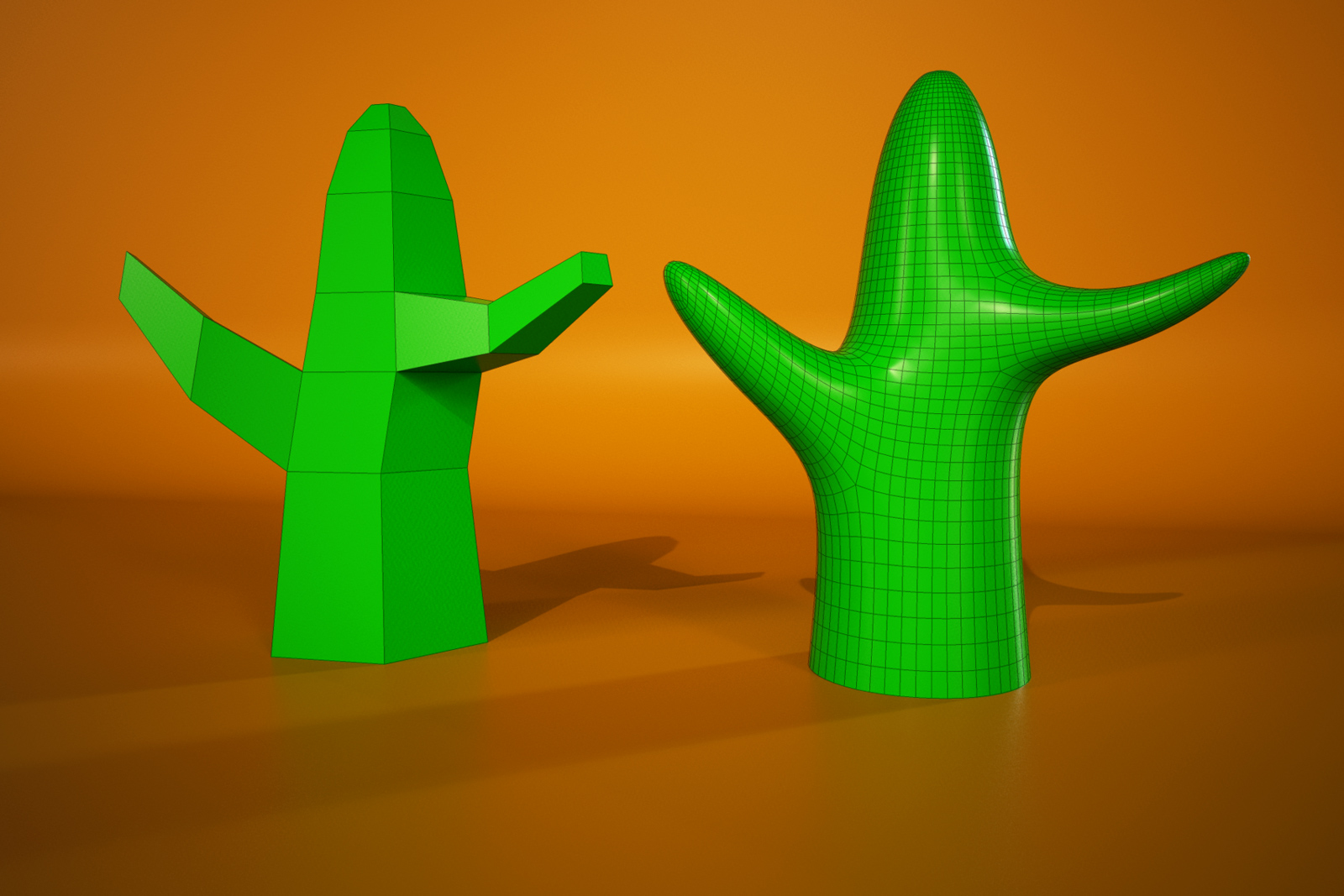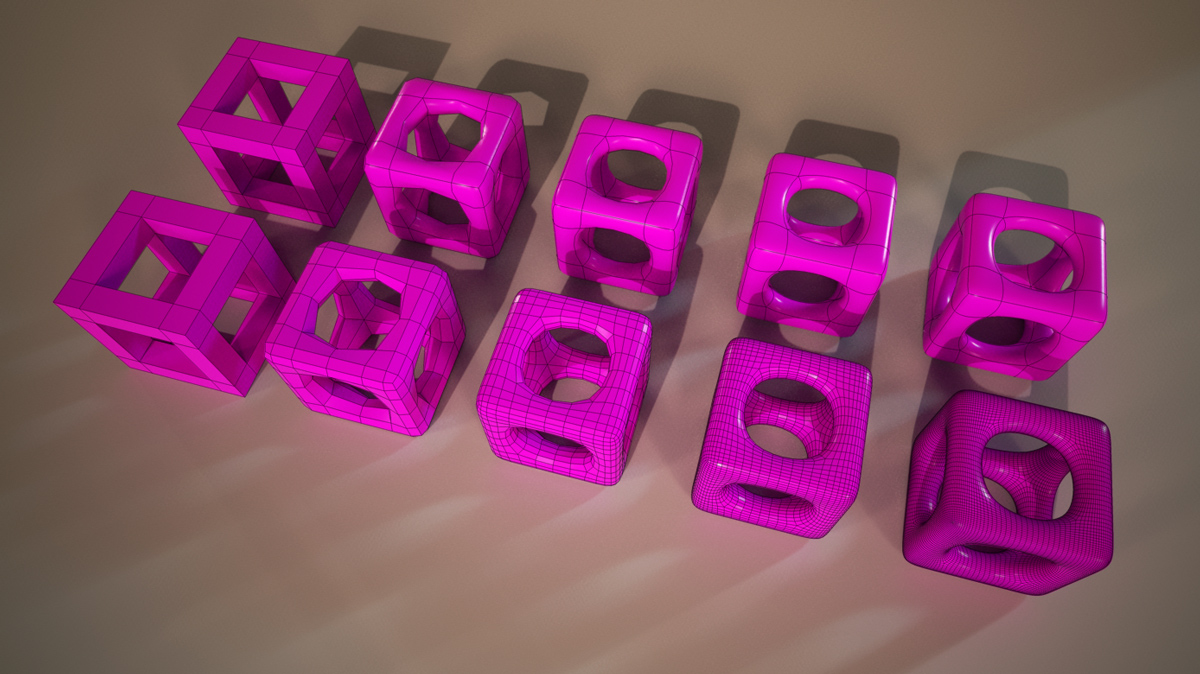Introducing SUbD for SketchUp...
-
-
For French Girls & Guys!

-
Beautiful!
-
Very nice!
-
Cool. The trial is a nice touch. Slick website, too.
-
I already love quads...


-
And another one...

-
I guess this would work for furniture as well... or?
-
[edg3d:2qjqhxpt]9QcToXumP95P28k[/edg3d:2qjqhxpt]
All subd
-
Next one...

-
Nice examples cotty. Looking at them I realize I should add a section on the website that illustrates various examples of meshes and how they subdivide.
And I'm happy to hear you like quads. I was concerned how people would receive this extension because it relies so heavily on quads which isn't native to SU (if you want the non-planar type). It's also not that common to see people model with quads in SU. But quads is what I felt SU needed all along - which is why I created QuadFace Tools and now SUbD.
Oh yea- and you should all nag Rich to show off his quad-models. ;D
-
-
-
Are there any example SketchUp files using SUbD available?
I develop some software that converts SketchUp files to precise solids and want to test going from SUbD quads to NURBs.
Thanks!
-
Brilliant.
And remember that many of Fredo's tools and my own Extrude... tools have for sometime allowed options to make thomthom's 'QuadFace' compatible meshes, so you won't always need to model your QuadFaces "from scratch"...
-
great topology

-
There are now 2 great Subdivide tools : Artisan & SUbD!

Seems Artisan can subdivide any selected volume**(s)**, SUbD subdivides only one Group or Composant!

PS On this page : http://evilsoftwareempire.com/subd/videos
Play List Youtube don't exist!
-
What would be the main differences between SUbD and Artisan? I am currently using Artisan and I am very curious where this new plugin would fit for me, or is just a matter of preference?
Cheers!
-
Oh my this is worth the money with the Pushpull tool on steroids love it ima buy it soon.
Great job ThomThom -
Hi guys, could be easily used for rounding corners on the fly on a building? (A high creasing value? or a double line at corners?)
Advertisement








